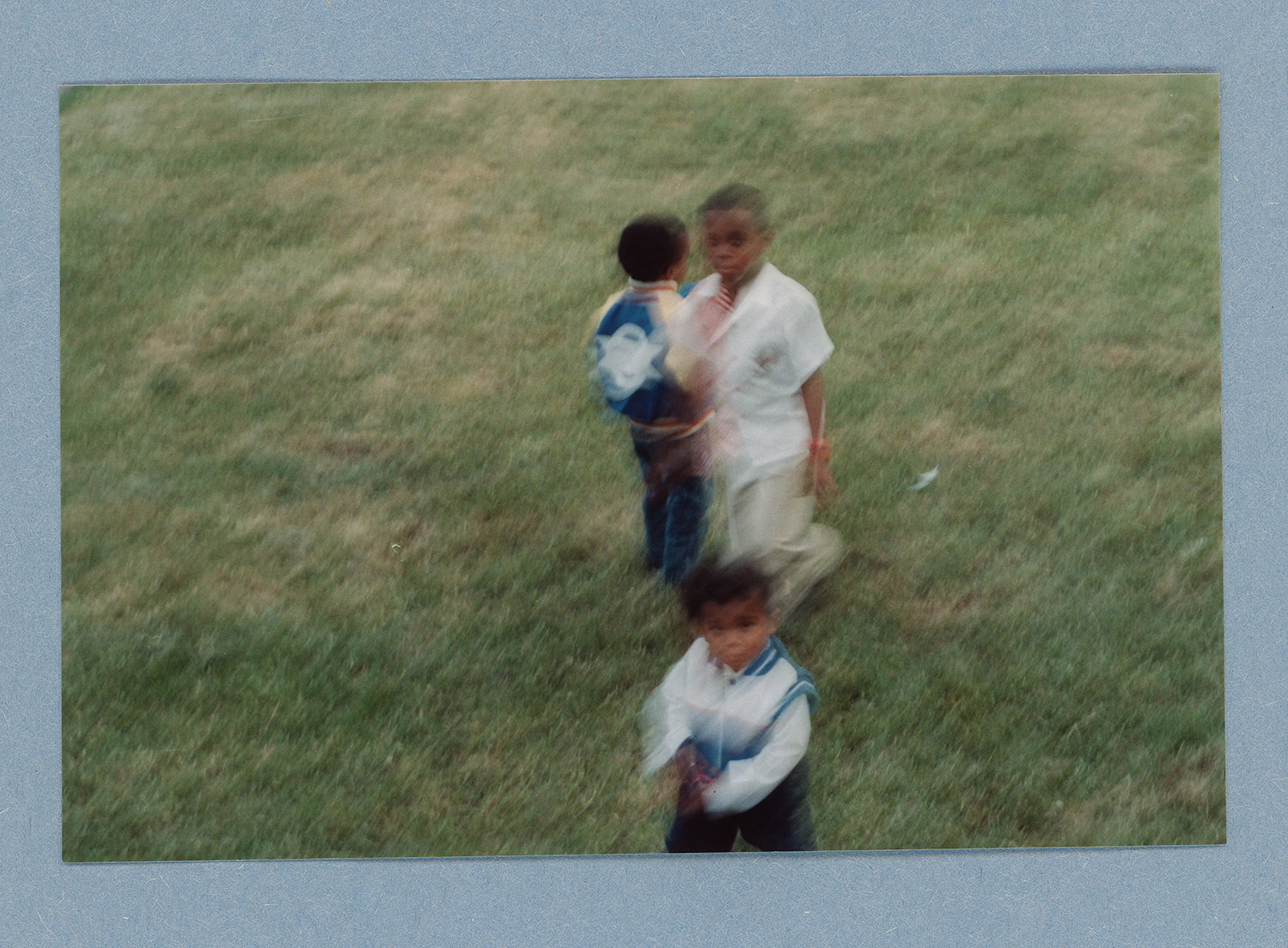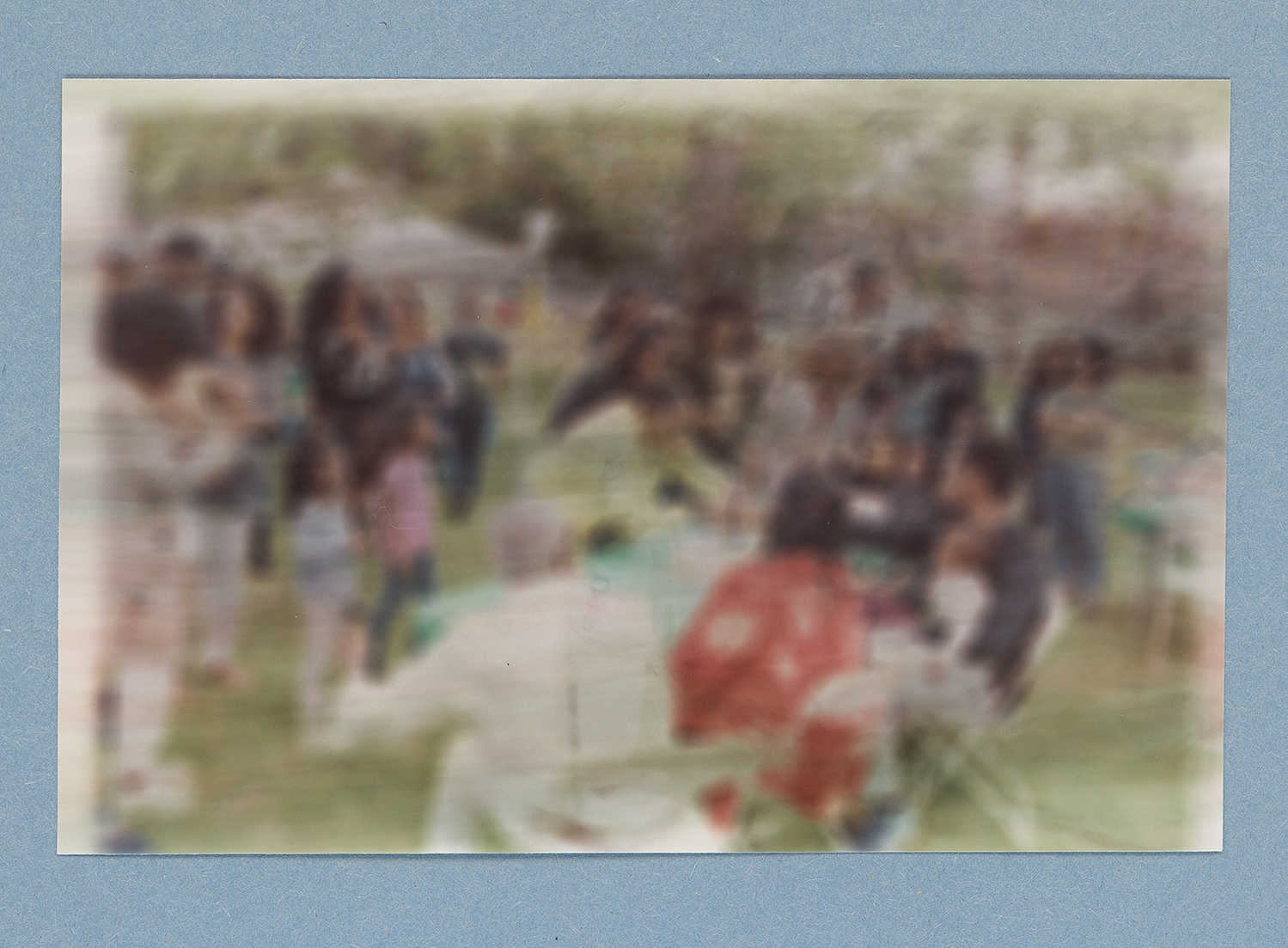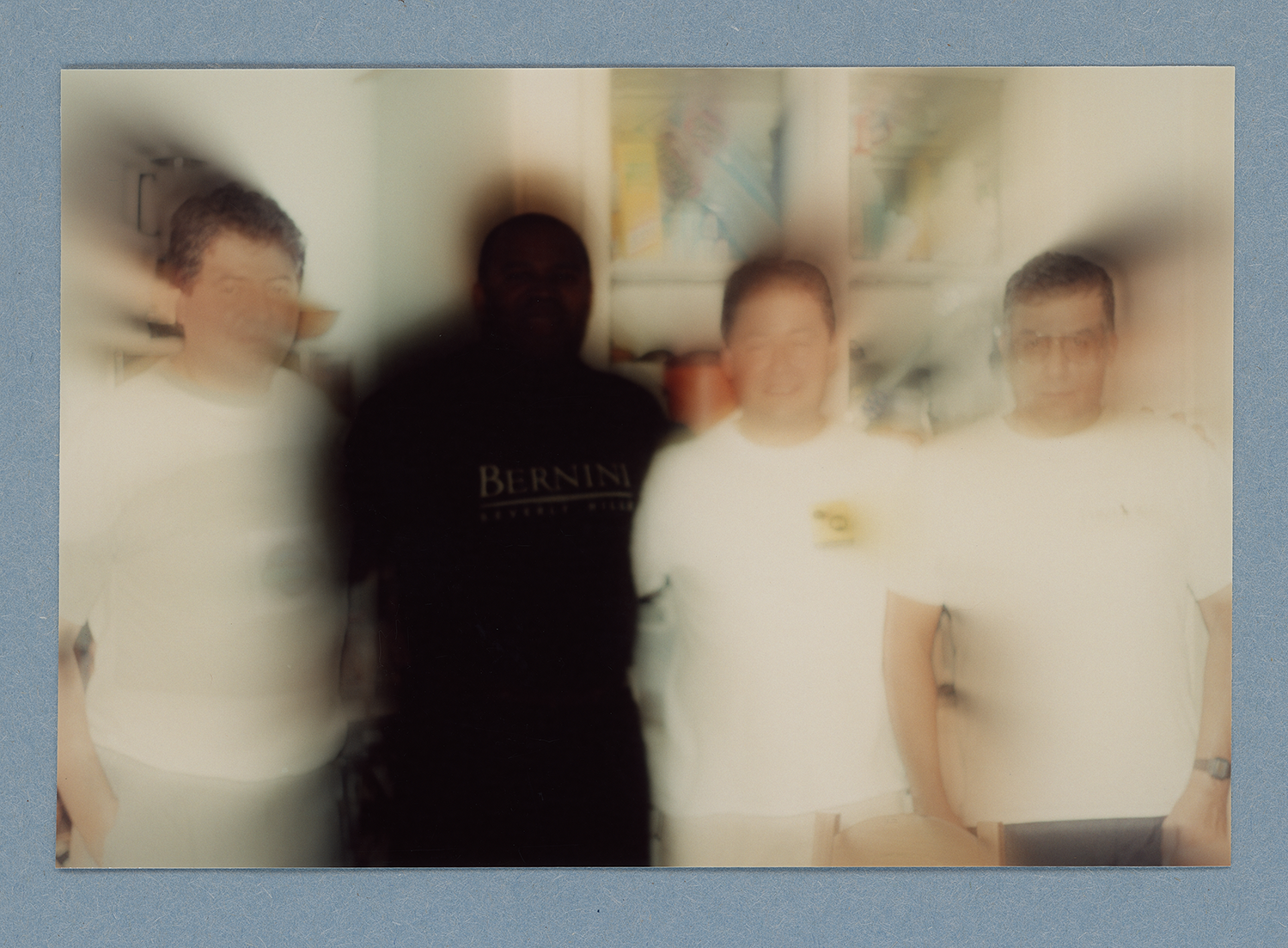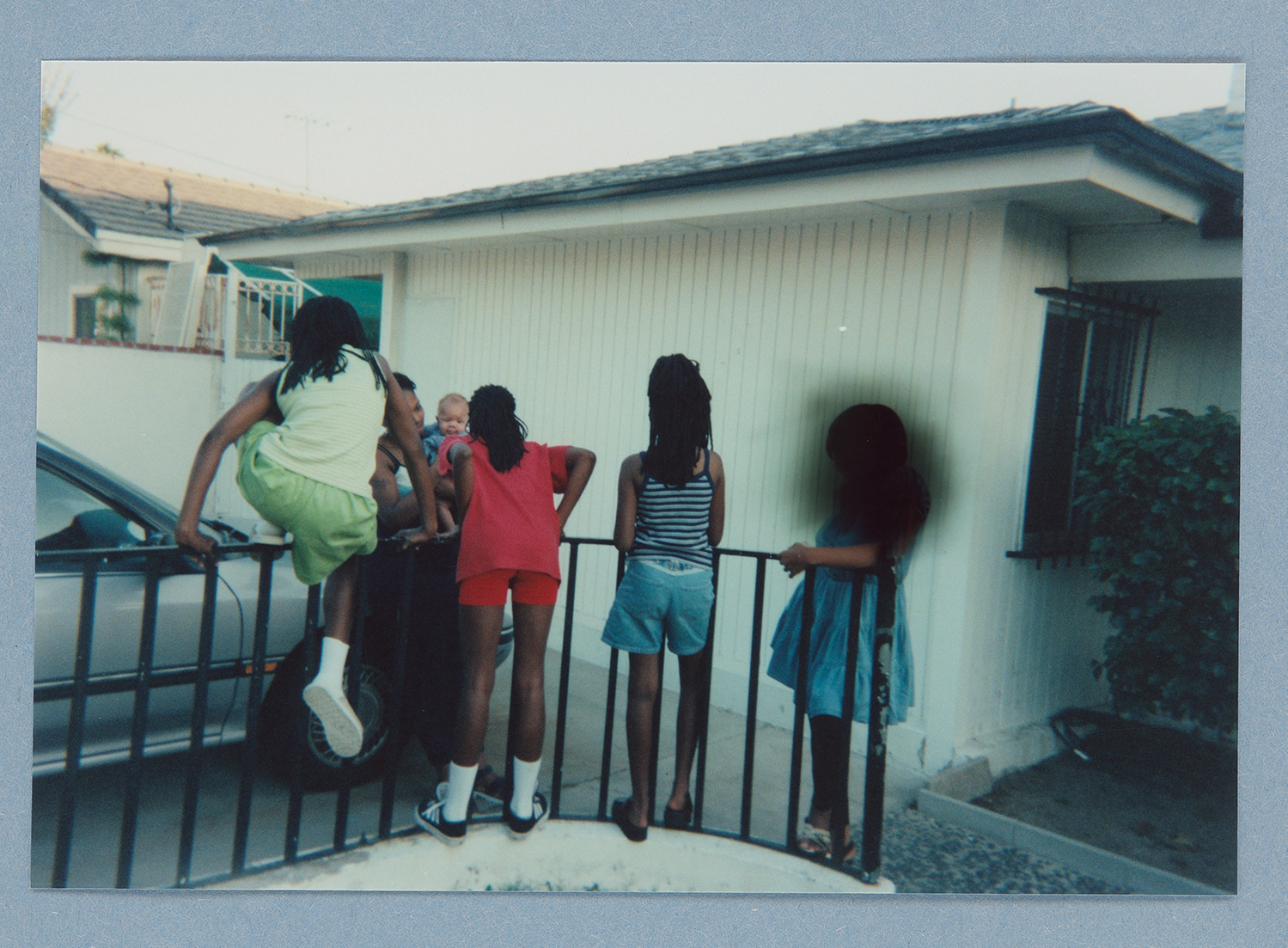꩜, or when we die, our portraits speak to our living descendants
4” x 6” c-printsA probe into the possibilities of physicalizing social empathy as a vehicle for constituting collective memory and class solidarity through photography and installation.
The original title of this series, sketched as a spiral around a singular point— ꩜, following Amiri Baraka’s The Changing Same—suggests life’s generational trajectory, revisiting shared ideas with deeper understanding or heightened consciousness. More practically, the series is titled: when we die, our portraits speak to our living descendants.
The images in this project incorporate negatives I believe to be from my late father, reprinted alongside my own negatives, encompassing a visual history spanning over forty years, as far back as prior to my birth, up through a couple of years ago. With my father gone for more than two decades, many individuals in these images remain unknown to me—yet I resist labeling them as “strangers.” To me, a “stranger” is merely someone with whom I haven’t yet had a conversation; it is a way to strip away one’s humanity, and we lose the opportunity to find that thing which connects us.
Similar to Darrell Ellis’ experimental printing techniques, I intervene directly in the prints, instinctively and perhaps ceremonially, to create a visual language that merges the identities of me and my late father. The canvas is the site for intervention, moving, bending, folding, and shifting it to accommodate the people within it, with the aim of opening up the images and creating an opportunity to build new relationships to the figures within them. Our authorship becomes fluid, merging into a shared visual language where both familial and creative identities overlap, transforming into something less discernible.
Family archives often lack the formality of “proper” archives with their captions, attributions, and context. At their best, family archives provide an accompaniment to oral history; at their worst, they are left for someone to decipher alone. So instead of treating these images like a formal archive or even an index of specificity, I transform these images into a gesture where the audience is asked to relate to obscured representations and intimate shared actions. This project becomes a practice of seeing and bonding with those whom we might initially perceive as strangers.
In its final form, the project takes the shape of a literal photo album full of 4” x 6” prints, accompanied by a prompt inviting the viewer to share (ideally with a companion) what they see in at least one image, drawing on their own lived experiences. For example, we know what ideas of love, family, and time together should mean and what the reality of what those look like for us. And as such, a viewer is meant to stretch themselves to meet the image where it is, filling the images with their own insights–in short, a true practice of empathy. A gesture we could all practice more often.
Noteable Awards + Recognition:
- 2024 Re:encuentros, Irvine Fine Arts Center curated by William Camargo, Irvine, CA
- 2023 Staring into the Sun, Webber Gallery curated by Yuro Kurita & Chantal Webber, Los Angeles, CA
- 2023 Matte Editions issue 62 “Exciting Photography Now” edited by Eve Lyons and Matthew Leifheit



















